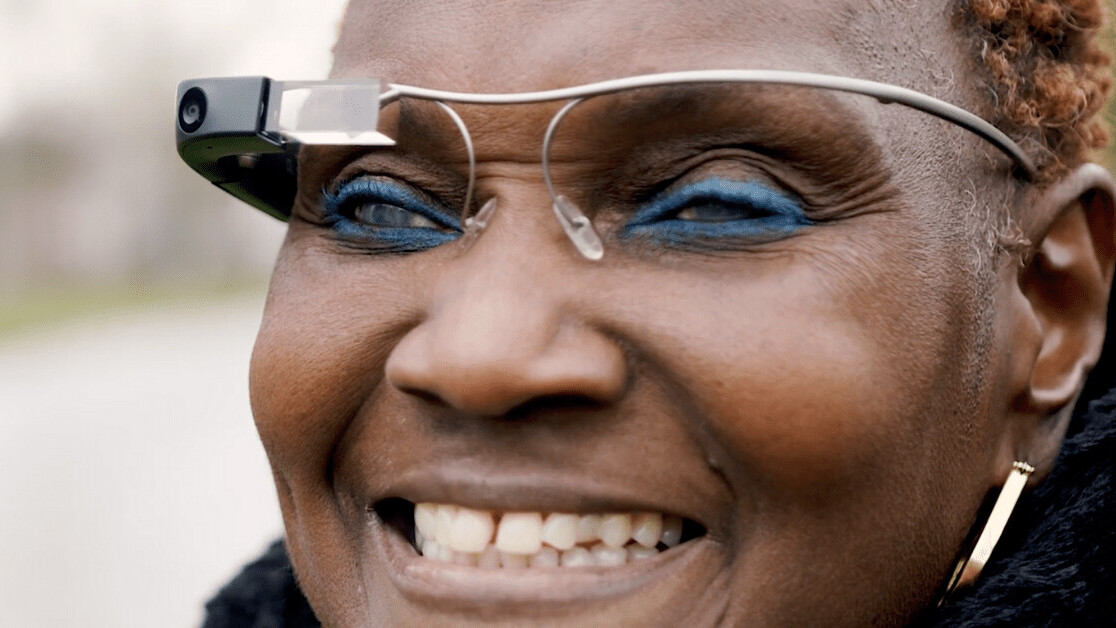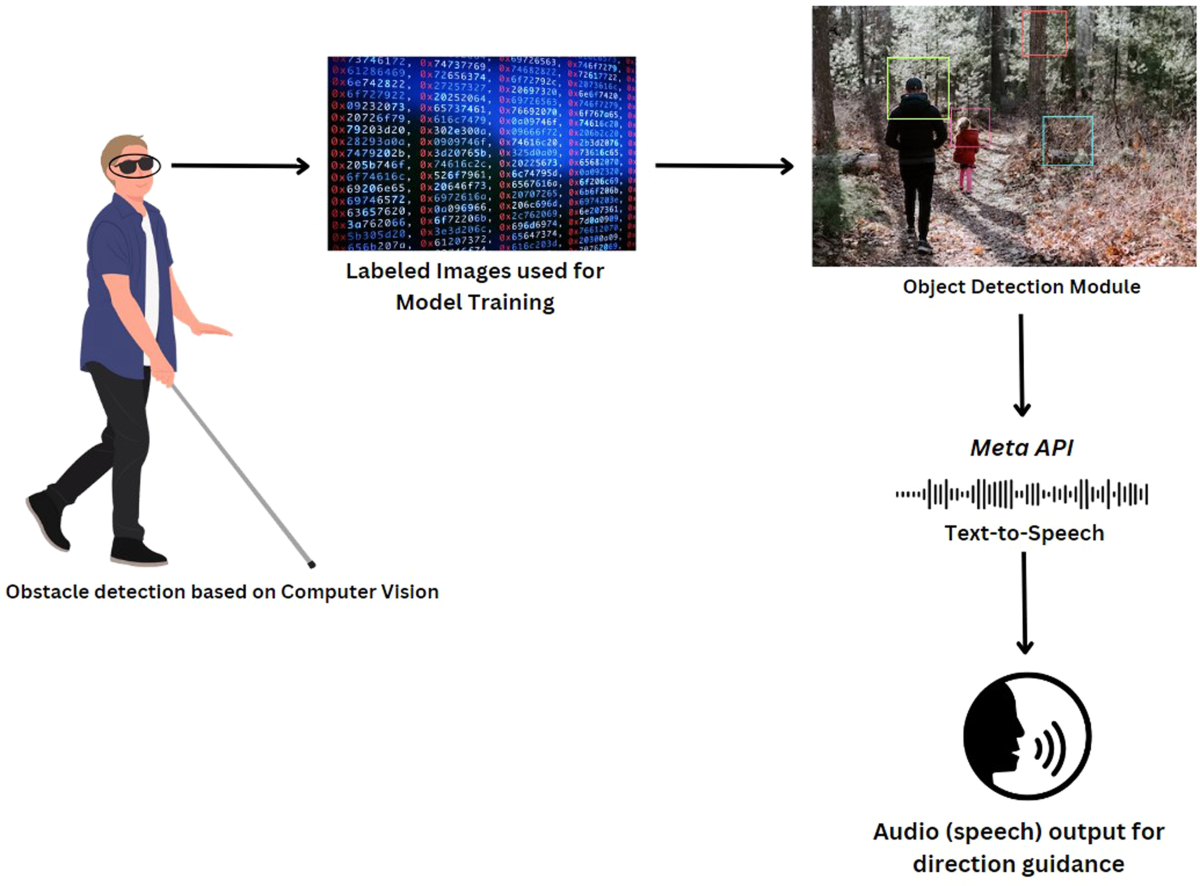Voice-Activated Assistive Devices: Empowering the Visually Impaired Through Innovation
Enhancing Accessibility Through Assistive Technology for the Blind
The integration of assistive technology for the blind represents a critical advancement in access, basically modifying just how individuals navigate their settings and involve with society. From screen readers to ingenious clever canes, these devices not only improve independence however likewise advertise inclusivity in various spheres of life. As we explore the varied kinds of assistive gadgets and their substantial impacts on day-to-day living, it ends up being necessary to take a look at how ongoing technological innovations are reshaping the landscape of assistance for the blind area. What ramifications do these advancements hold for the future of access?
Review of Assistive Technology
Assistive innovation describes a variety of devices and software application made to enhance the abilities of people with impairments, including those that are blind or visually impaired. This technology plays an important role in advertising self-reliance and boosting the top quality of life for users. By giving different approaches for accessing information and performing day-to-day jobs, assistive modern technology empowers people to browse their environments more efficiently.
The advancement and application of assistive modern technology accept a selection of principles aimed at cultivating access. These principles include user-centered layout, which focuses on the requirements and choices of the individual, and the combination of modern technology right into day-to-day tasks. Such advancements guarantee that assistive gadgets are not just useful however additionally intuitive and easy to make use of.
In addition, assistive innovation incorporates a varied range of services, from low-tech options like magnifiers to modern technologies such as display visitors and Braille display screens. The recurring advancement of this field is driven by the requirement to address the special difficulties faced by people with visual problems (Wearable technology for low vision). As technology remains to advancement, the potential for enhancing accessibility and advertising inclusivity stays promising, eventually adding to a more fair culture

Sorts Of Assistive Tools
Numerous kinds of assistive devices are readily available to support individuals who are blind or aesthetically impaired, each made to attend to certain needs and challenges. These tools can be broadly classified right into three primary kinds: low-tech, mid-tech, and sophisticated remedies.
Low-tech tools include things such as magnifiers, Braille labels, and responsive maps. These are fairly easy tools that boost the customer's capability to connect with their atmosphere without calling for complex modern technology.
Mid-tech tools typically entail extra advanced features, such as electronic magnifiers and mobile Braille note-takers. These tools can use functionalities like speech output, permitting individuals to accessibility information a lot more effectively.

Effect On Daily Living
The accessibility of various assistive gadgets substantially improves the top quality of life for people that are aesthetically damaged or blind, influencing their everyday living in profound methods. By incorporating innovations such as display viewers, Braille shows, and audio description solutions into their regimens, customers gain higher freedom and self-reliance. These devices help with accessibility to info, allowing people to perform look at these guys day-to-day jobs, such as checking out emails, browsing public areas, and delighting in media material.
Moreover, assistive devices equip individuals to involve more fully in social interactions and community tasks. The capability to utilize smart devices equipped with accessibility functions enables smooth interaction and connection with others. This connection fosters a feeling of belonging and minimizes sensations of isolation.
In specialist setups, assistive technology supports performance by permitting people to complete job tasks effectively. Devices like voice acknowledgment software and specialized magnification gadgets enable individuals to take part in the workforce on equivalent footing with their sighted peers.

Improvements in Innovation
Recent technical innovations have actually dramatically changed the landscape of devices readily available for individuals that are blind or aesthetically damaged. The integration of expert system (AI) and device knowing has actually generated applications that boost navigating and object acknowledgment. Mobile phone applications can currently use AI to determine and explain environments in real-time, supplying users with important contextual details.
Furthermore, innovations in haptic innovation have actually caused the growth of clever walking sticks furnished with sensors that spot obstacles and give tactile feedback. This equips customers to navigate their environment with increased confidence and freedom. Moreover, technologies in text-to-speech software program and braille display screens have actually boosted the access of electronic content, enabling smooth communication with various media.
Wearable modern technologies, such as wise glasses, are likewise making strides in assisting visual impairment. As technology proceeds to advance, the possibility for also more transformative tools stays optometrist work schedule on the horizon.
Future Trends and Innovations
As innovation rapidly advances, the future of assistive devices for individuals who are blind holds tremendous assurance. Developments in expert system (AI) and maker learning are positioned to revolutionize the method blind individuals interact with their settings. AI-driven applications are being created to improve object acknowledgment, permitting customers to determine and navigate their surroundings with better ease and precision.
Furthermore, improvements in haptic responses technology are allowing the production of tactile maps and navigation aids that provide real-time information through touch. These advancements not only enhance wheelchair but additionally foster freedom. Additionally, wearable gadgets geared up with increased fact (AR) features are emerging, using customers aesthetic details with audio descriptions, thus connecting the space in between the electronic and physical globes.
In addition, the assimilation of clever home technology offers brand-new opportunities for accessibility, permitting individuals to manage their living settings via voice commands or smart device applications. As cooperation between technology developers and the blind neighborhood proceeds, the concentrate on user-centered design will guarantee that future advancements are tailored to fulfill the special needs of this population (Wearable technology for low vision). The trajectory of assistive technology promises a more inclusive and empowering future for people that are blind
Verdict
Finally, assistive modern technology plays a crucial function in enhancing ease of access for individuals with aesthetic problems. The varied range of tools, including display visitors and clever walking canes, considerably boosts daily living and cultivates self-reliance. Continual improvements in innovation and user-centered layout make sure that these devices provide effectively to the one-of-a-kind demands of the blind neighborhood. As innovations development, enhanced inclusivity and empowerment can be anticipated, ultimately improving the lifestyle for those influenced by visual disabilities.
The integration of assistive innovation for the blind stands for a critical innovation in accessibility, fundamentally changing just how people navigate their environments and engage with society.Assistive technology refers to an array of devices and software application developed to improve the capacities of people with handicaps, consisting of those that are blind or visually damaged. Wearable technology for low vision.As technology quickly progresses, the future of assistive tools for people that are blind holds tremendous pledge. The trajectory of assistive technology guarantees a much more comprehensive and empowering future for individuals that are blind
In final thought, assistive innovation plays a vital role in enhancing accessibility for people navigate here with visual disabilities.